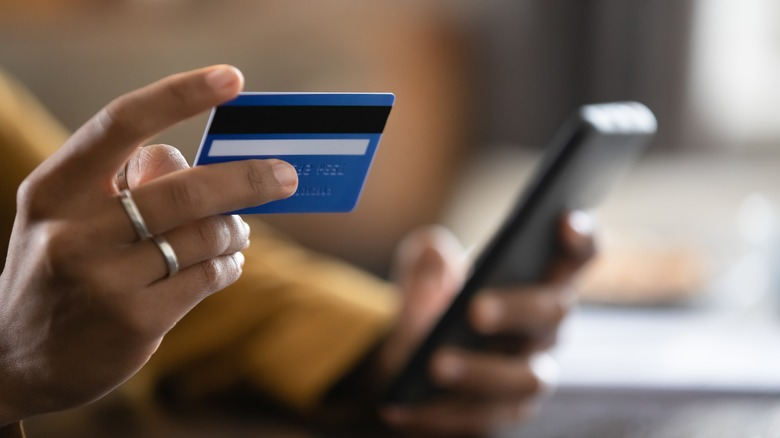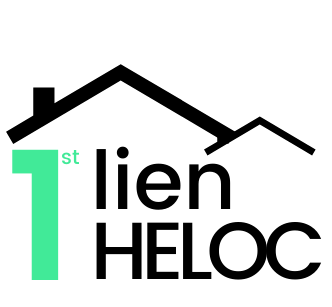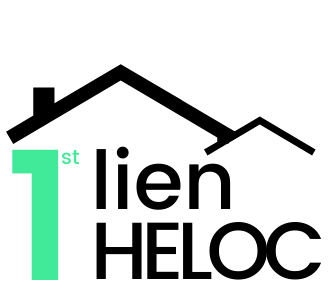
Credit cards offer convenience, rewards, and financial flexibility—but they also come with a hidden danger: minimum payments.
While making the minimum keeps you in good standing, it’s also a trap that can keep you in debt for decades and cost thousands in interest.
Understanding how minimum payments work and how to escape the cycle can help you take control of your finances and break free from revolving debt.
In this guide, we’ll explore why minimum payments are designed to keep you in debt, how much they actually cost over time, and strategies to pay off credit cards faster.
1. How Do Credit Card Minimum Payments Work?

Every month, your credit card company requires a minimum payment, which is usually:
- A fixed percentage of your balance (often 1-3%).
- A flat amount, typically $25-$50, if your balance is low.
While this may seem manageable, the problem is that only a tiny fraction of your payment goes toward the principal—the rest goes to interest. This keeps your debt growing and extends repayment for years.
Example: How Long Does It Take to Pay Off Credit Card Debt?
Let’s say you owe $5,000 on a credit card with an 18% interest rate and only pay the minimum (2% of the balance).
- Minimum payment starts at $100/month
- Total interest paid: Over $5,500
- Time to pay off the debt: 27 years
Yes, 27 years—just for a $5,000 balance. By the time you’re debt-free, you’ll have paid more in interest than your original balance.
2. The Real Cost of Making Only Minimum Payments

1. Interest Costs More Than You Think
- Credit card companies maximize profits by stretching out payments over the longest possible period.
- Paying just the minimum means most of your payment goes to interest, not reducing the balance.
2. Your Debt Grows Faster Than You Expect
- Making only the minimum payment allows interest to compound each month.
- If you continue using the card, your balance never truly decreases.
3. You Stay in Debt for Decades
- A balance of $5,000 at 18% interest can take 20+ years to pay off.
- By contrast, increasing your monthly payment by even $50-$100 can cut repayment time dramatically.
3. Breaking Free: Strategies to Pay Off Credit Cards Faster

1. Pay More Than the Minimum—Even Just $10 Extra Helps
Even a small extra payment can reduce interest charges and shorten repayment time.
Example:
- Paying $150 instead of $100/month on a $5,000 balance at 18% interest cuts repayment time from 27 years to 5 years and saves over $3,000 in interest.
2. Use the Debt Avalanche or Debt Snowball Method
Two proven debt repayment strategies:
Debt Snowball Method (Best for Motivation)
- Pay off the smallest balance first, then roll payments into the next debt.
- Builds quick wins that keep you motivated.
Debt Avalanche Method (Best for Saving Money)
- Focus on high-interest debt first, regardless of balance size.
- Saves more in interest over time.
3. Consider a First Lien HELOC to Eliminate High-Interest Debt
A First Lien HELOC allows you to:
✔ Consolidate high-interest credit card debt into a lower-interest loan.
✔ Reduce your interest payments significantly.
✔ Pay off debt faster while maintaining financial flexibility.
Try the First Lien HELOC Calculator to see how much you could save by consolidating debt.
4. How to Stay Out of the Minimum Payment Trap

Once you break free, staying debt-free requires new habits:
1. Automate Payments Above the Minimum
Set up automatic payments that exceed the minimum so you’re always making progress.
2. Use the 30-Day Rule for Purchases
If you’re tempted to buy something with a credit card, wait 30 days. If you still want it and can afford to pay in full, go ahead.
3. Avoid Carrying a Balance
Credit cards should be used as a tool, not a loan. Paying off the full balance each month eliminates interest entirely.
4. Build an Emergency Fund
One reason people rely on credit cards is lack of savings. Start with a $500-$1,000 emergency fund to cover unexpected expenses without relying on debt.
The Bottom Line: Take Action Today
Minimum payments are designed to keep you in debt longer and cost you thousands in interest. But with the right strategy, you can:
✔ Pay off debt faster.
✔ Save money on interest.
✔ Take control of your financial future.
Don’t let high-interest debt drain your finances.

Consider using a First Lien HELOC to consolidate your debt and pay it off more efficiently.
Try the First Lien HELOC Calculator and see how much you can save today.

